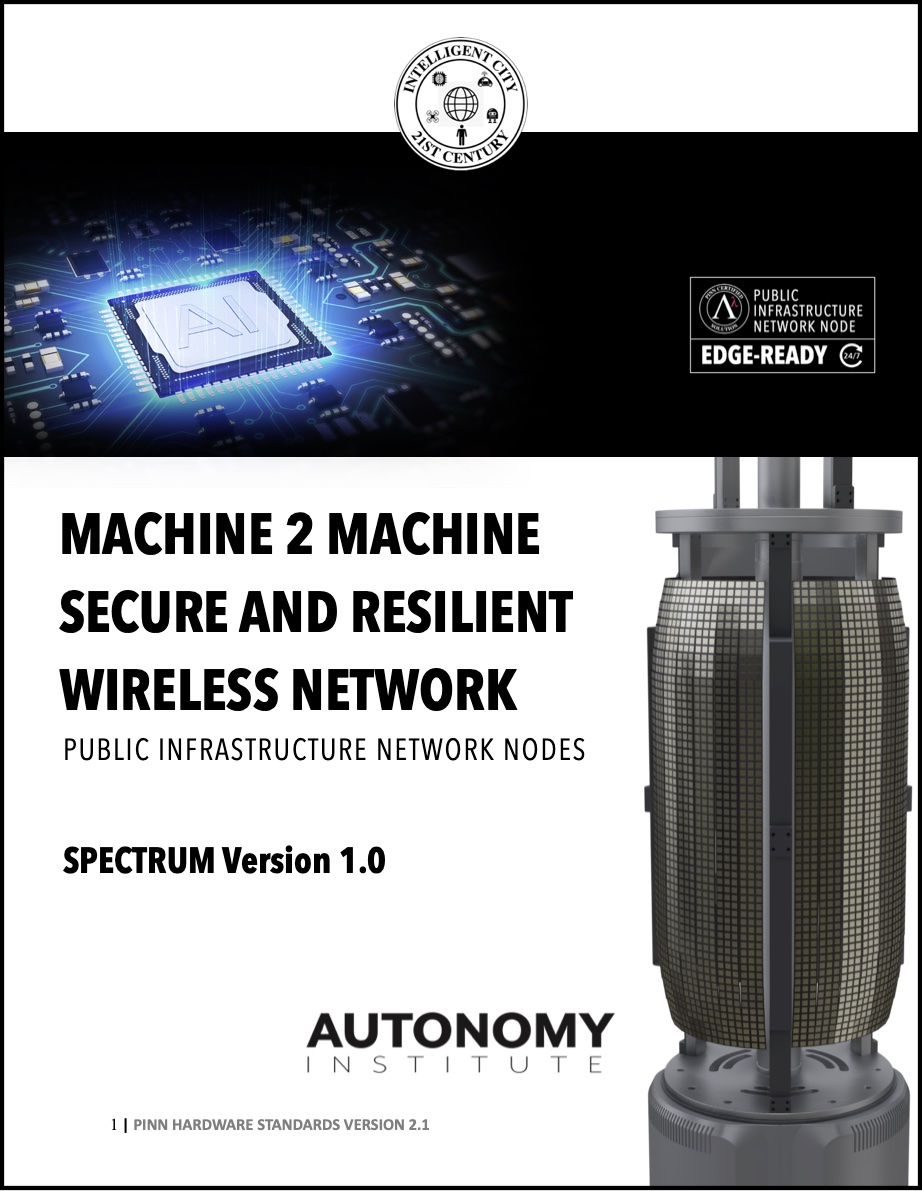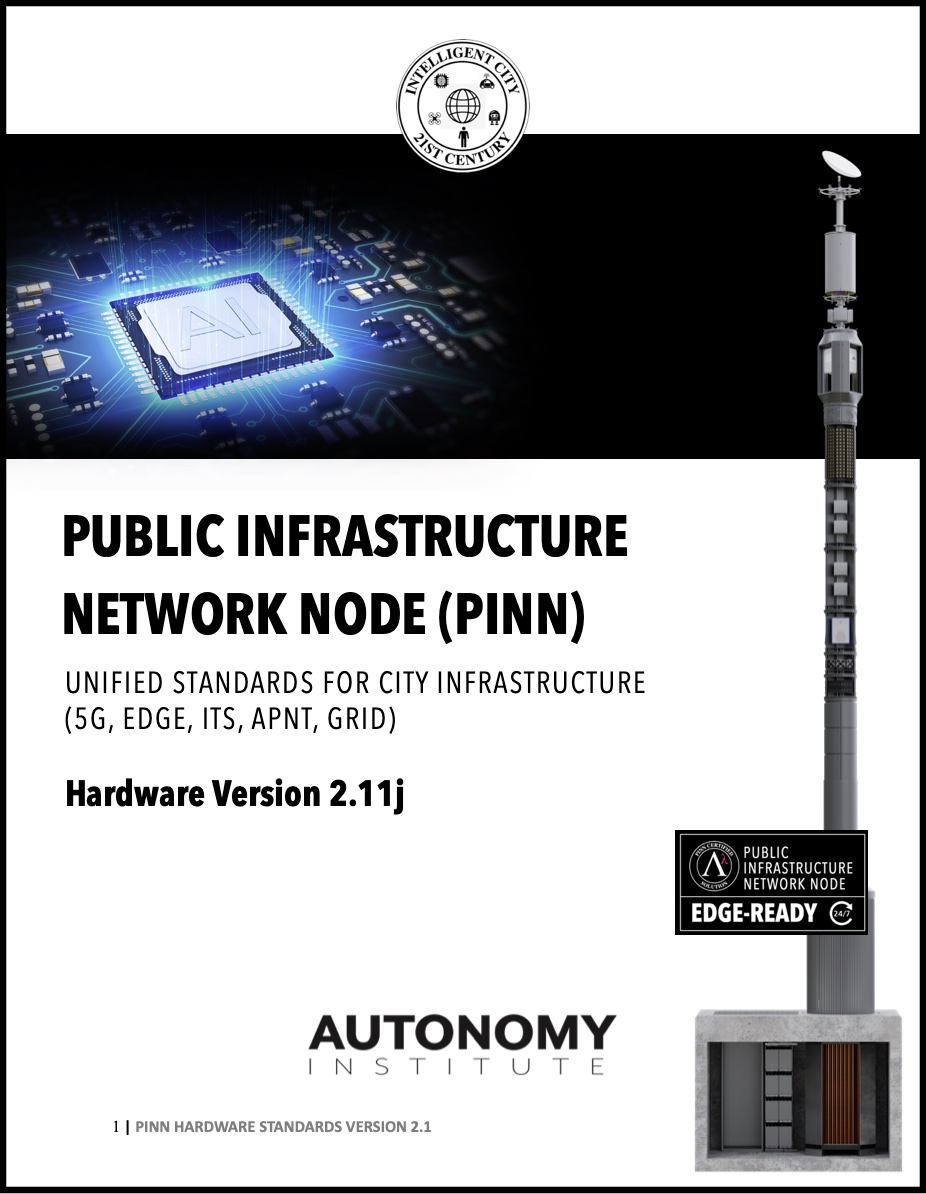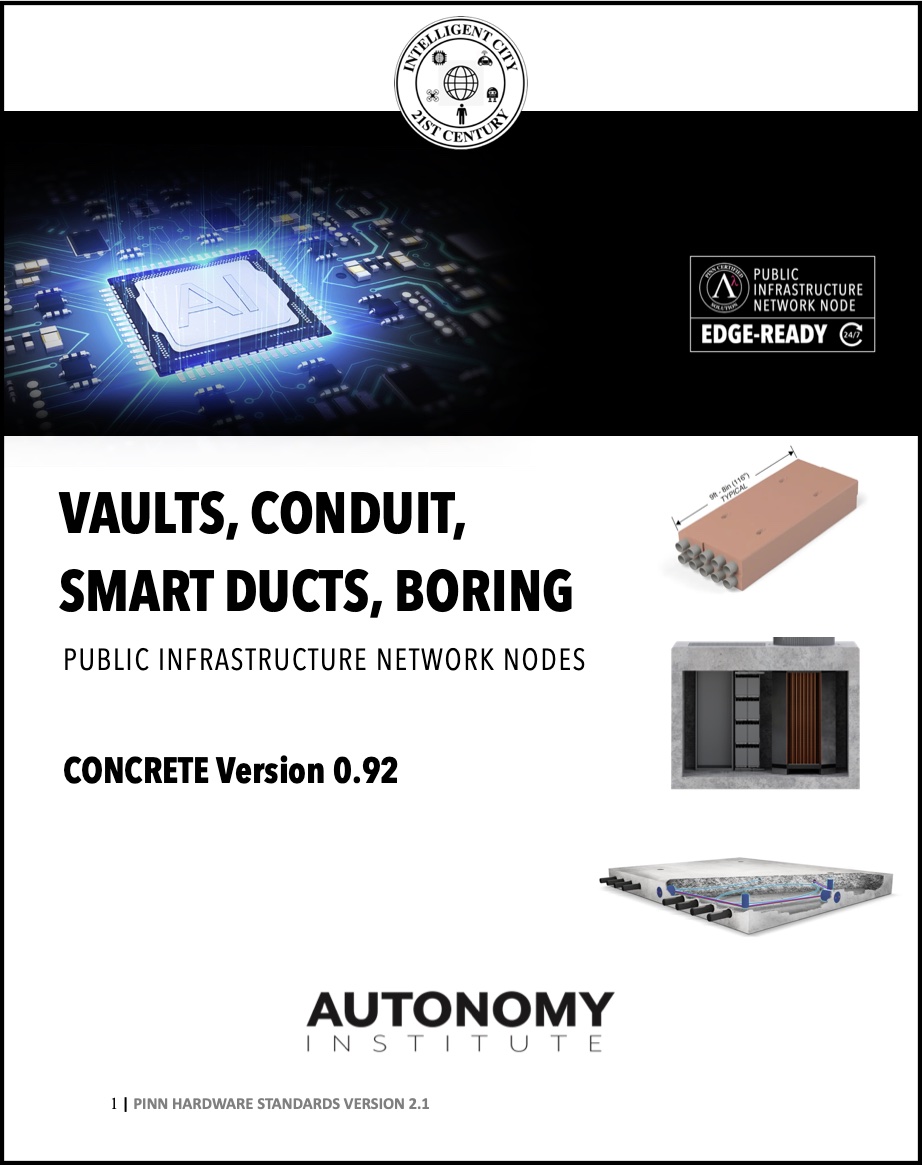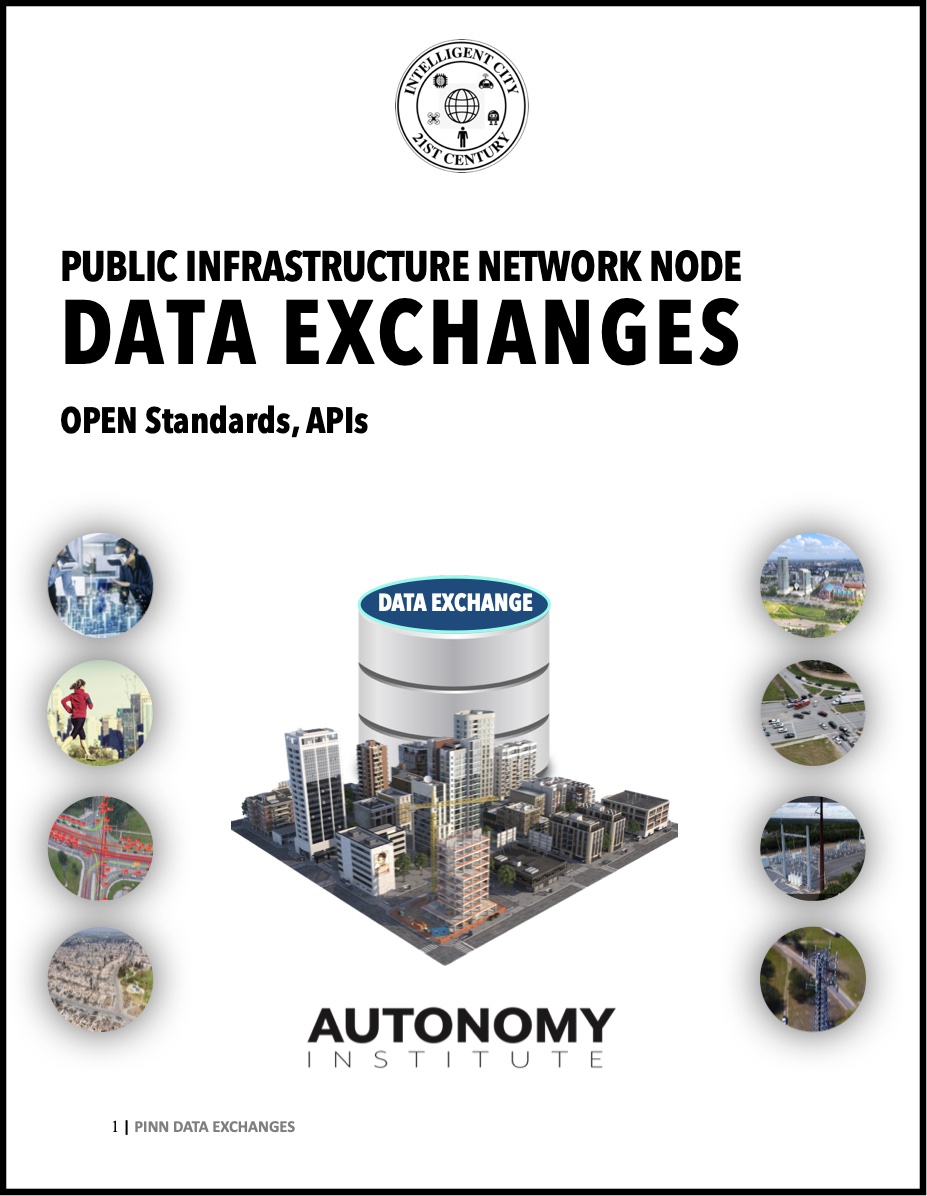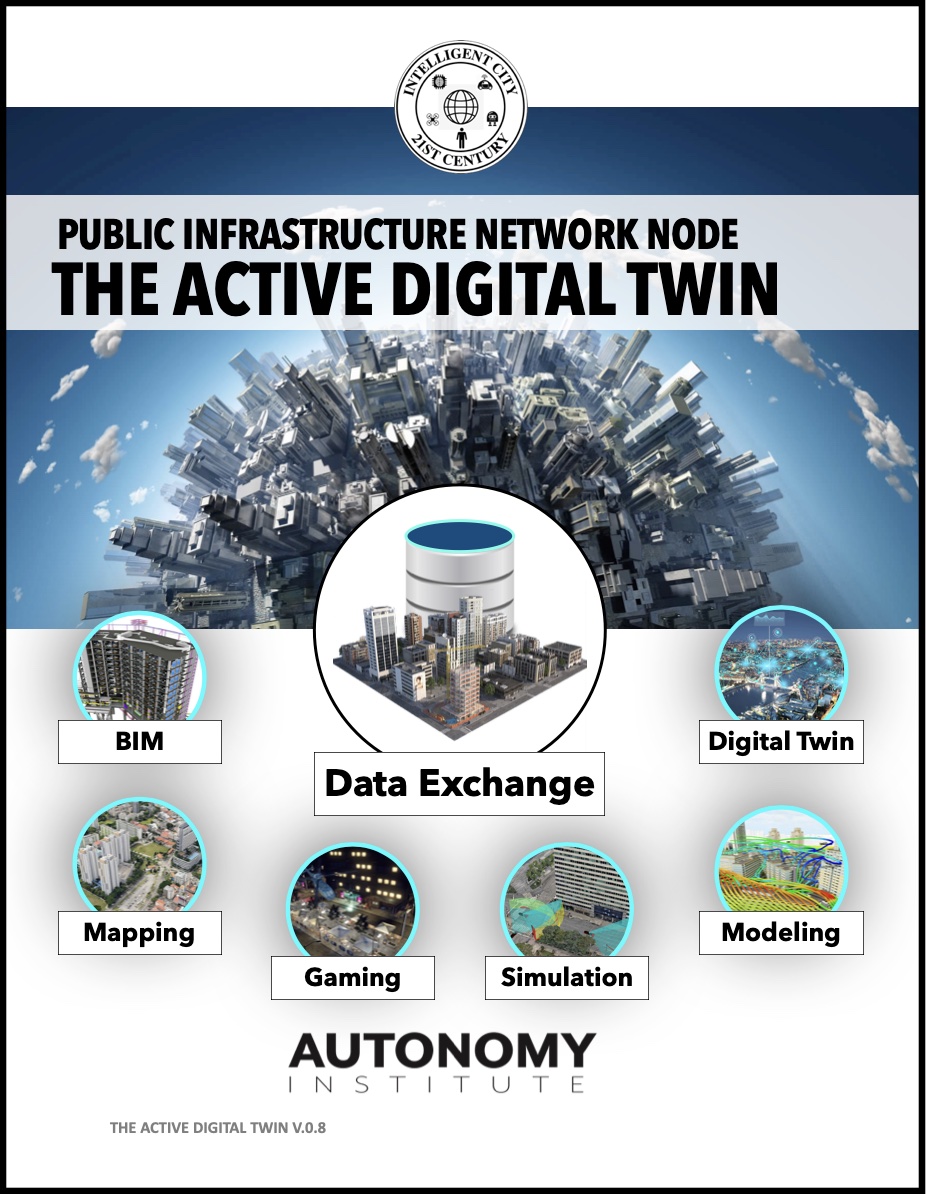INFRASTRUCTURE IS THE FOUNDATION OF TRANSFORMATIONS
Autonomy is the next industrial revolution. It requires the bridging of the physical and the digital. The convergence of Edge Computing, 5G, ITS, and IoT are widely seen as the technologies that build that bridge. Investment in a 21st-century Intelligent & Autonomous Infrastructure is among the highest priorities for stimulating economic expansion, national security, and job growth.
Edge computing, 5G wireless, Intelligent Transportation Systems, and resilient electrical grids will drive the largest infrastructure buildout in our nation’s history. It will drive a massive resurgence of manufacturing, engineering, construction, installation, programming, and jobs of the future.

“The great economic revolutions in history are infrastructure revolutions, and what makes the great infrastructure revolutions transformational is the convergence of new communications media with new energy regimes. Every energy revolution in history has been accompanied by its own unique communications revolution. Energy revolutions change the temporal and spatial reach of society and make possible more complex living arrangements, all of which require new communication media to manage and coordinate the new opportunities.” Jeremy Rifkin, American economic and social theorist, writer, public speaker, political advisor, and activist.
INTELLIGENT INFRASTRUCTURE – TACTICAL AS ROADS WERE TO CARS
In 1919 Eisenhower started the Transcontinental Motor Convoy. This was a military convoy with the goal to drive across the country. During the journey, the convoy experienced tremendous difficulty and it took them 62 days to travel just over 3,000 miles.
This led to an explosion of innovations to overcome these difficulties and bring interstate commerce to life. Many innovators focused on bigger wheels, 4-wheel drive, better suspension, more wheels, portable bridges, larger engines which all provided value, but failed at solving the core issue.
It was finally resolved by leadership and a big vision for a new type of infrastructure. When Eisenhower proposed building the interstate highways it was met with a great deal of opposition. Since the passing of the 1956 Interstate Commerce Act it has more than proven it as one of the most critical infrastructure projects of the last 100 years. The interstate highway system has had over $1.6 trillion economic benefit. It dramatically improved economic efficiency, productivity, and secured a more resilient supply chain.
We find ourselves in a similar situation, everyone is focused on the vehicle, the device, the sensor, the lidar, the digital service, the connection, the drone, the aircraft rather than realizing this is a digital and physical infrastructure challenge.
Vehicles required roads, the Internet required backbone networks. Intelligent and Autonomous systems, Industry 4.0, requires a dense, secure, and resilient “Digital Edge Infrastructure”. Industry, DOD agencies and the White House identifies NextG, Artificial Intelligence, and Autonomy as top priorities and yet ignores the giant elephant in the room – the dense physical infrastructure required.
Time to lead the world and build. Intelligent Infrastructure will power the 21st-century and enable Industry 4.0.
“No one has repealed the laws of physics. The higher you go in frequency, the more oxygen eats at the signal to reduce the distance it can travel. As a result, the higher the frequency, the smaller the cell radius, the more cells required to cover an area, the more infrastructure required to support the cells, and the greater the cost of the network.”
“The nature of our networks is changing . . . from transport to orchestration.”
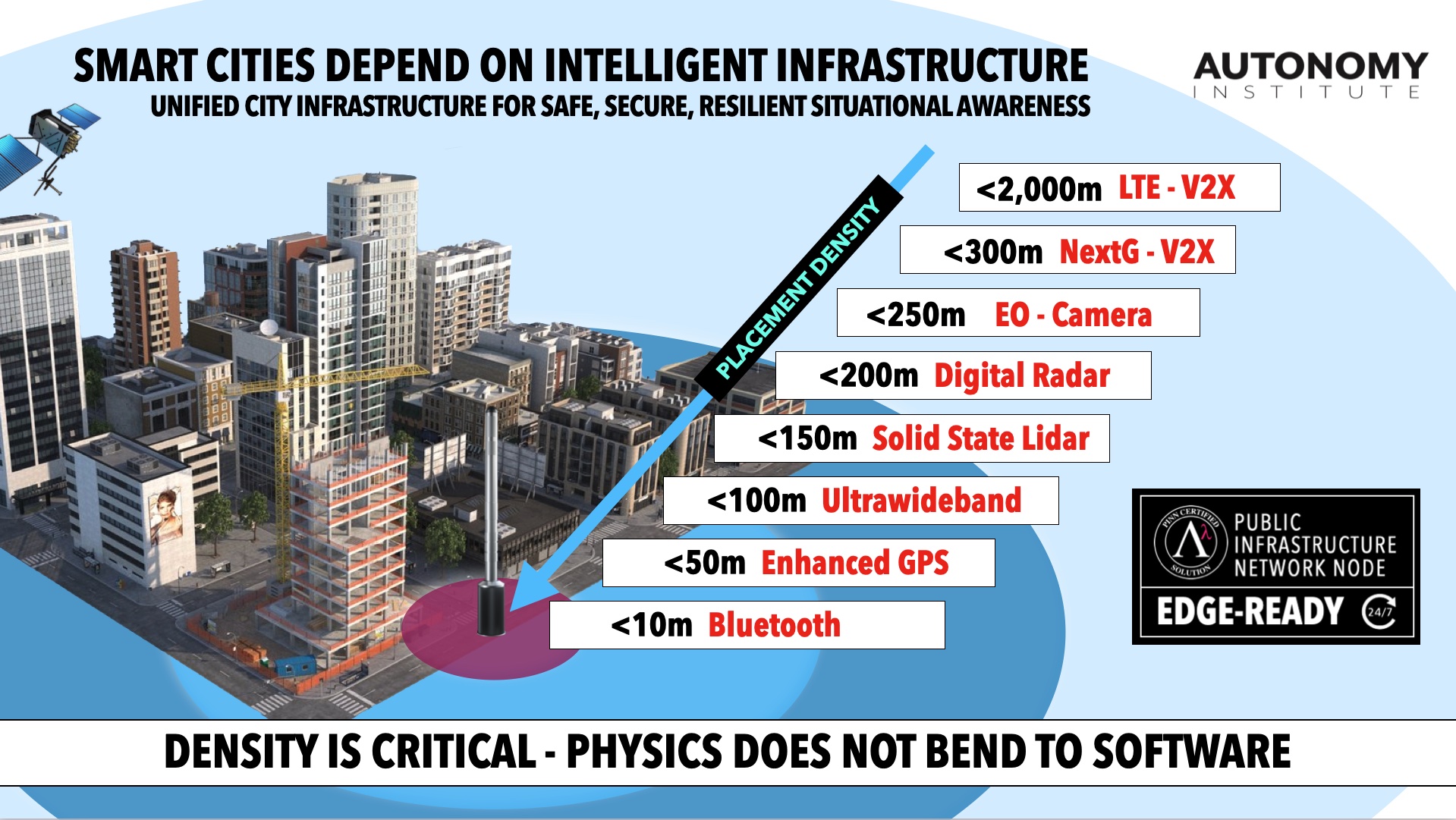
Railroad
Rail Lines,
Intermodal

Electricity
Transmission,
Transformers
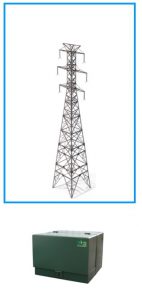
Automotive
Roads, Bridges,
Highways

Aviation
Airports, Radars,
Transponders

Internet
Data Centers,
Towers, Fiber
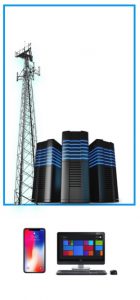
Industry 4.0
Intelligent Infrastructure, PINNs
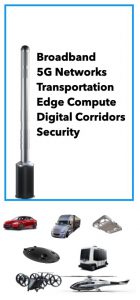
INTELLIGENT INFRASTRUCTURE ENABLES
M2M Network
INTELLIGENT INFRASTRUCTURESecure, Low-Latency, and Resilient
Machine 2 Machine Wireless Network
Data Exchanges
INTELLIGENT INFRASTRUCTUREHigh Performance GPU, and FPGA at Edge
Petabytes of Data Processing at the Public Infrastructure Network NodesPosition as a Service
INTELLIGENT INFRASTRUCTUREHigh precision positioning for Machine 2 Machine interactions
RESILIENT APNT – PRECISION, LOW-LATENCY, SYNCHRONIZATION
Geospatial 4D GRID
INTELLIGENT INFRASTRUCTUREActive Digital Twin providing detailed situational awareness
Simulating or modeling the real-world in an operational view.




